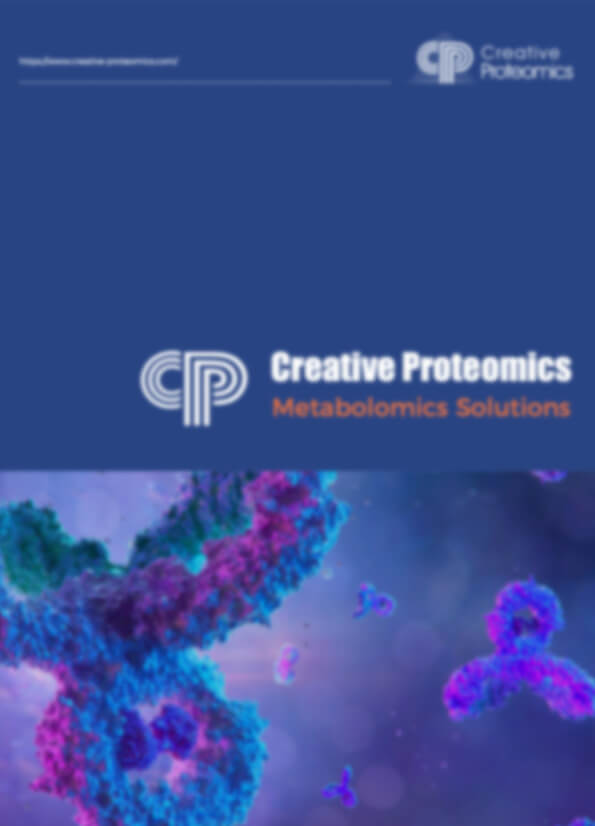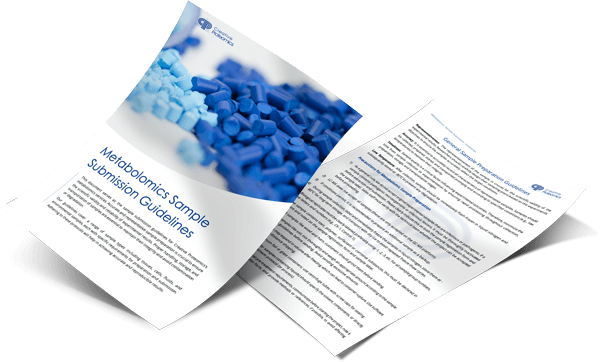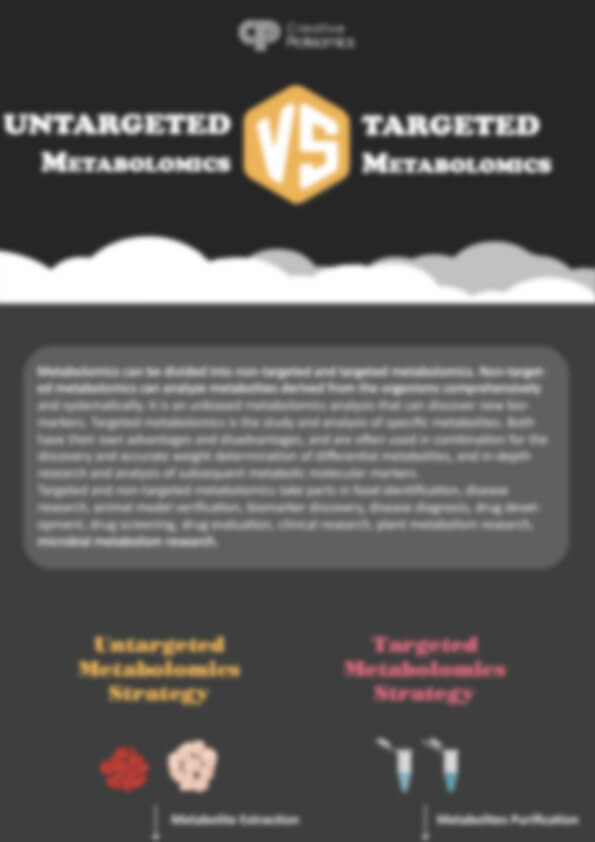Quinic Acid Analysis Service
Creative Proteomics offers advanced quinic acid analysis using LC-MS/MS and GC-MS to support plant research, food quality control, and metabolomics. With ultra-low detection limits, high-throughput capability, and full pathway coverage, our service delivers accurate, reproducible data to help researchers quantify quinic acid and its related metabolites across diverse biological and industrial samples.
Submit Your Request Now
×- What We Provide
- Advantage
- Workflow
- Technology Platform
- Sample Requirements
- FAQ
- Case Study
What is Quinic Acid?
Quinic acid is a cyclitol—an organic compound classified under hydroaromatic acids—commonly found in various plant tissues including coffee beans, fruits, vegetables, and medicinal herbs. It plays a critical role in the shikimate pathway, serving as a precursor or intermediate in the biosynthesis of aromatic compounds such as chlorogenic acid, phenylpropanoids, and lignins. Its metabolic importance makes it a key analyte in studies of plant physiology, food chemistry, pharmacokinetics, and environmental interactions.
Why Analyze Quinic Acid?
Quinic acid is a key intermediate in the shikimate pathway and a precursor to important bioactive compounds. Analyzing quinic acid is vital for several reasons:
- Metabolic Pathway Insight: Key for synthesizing aromatic amino acids and secondary metabolites like alkaloids and flavonoids.
- Bioactivity Monitoring: Linked to antioxidants and anti-inflammatory compounds, important for assessing plant bioactivity.
- Quality Control: Impacts flavor and bitterness in products like coffee and wine, ensuring consistency.
- Agricultural Monitoring: Indicates plant stress and growth conditions, useful for crop management.
- Pharmaceutical Research: Essential for developing functional foods, nutraceuticals, and pharmaceuticals.
- Environmental Studies: Helps assess soil health, plant condition, and the effects of environmental stress.
Quinic Acid Analysis Service Offered by Creative Proteomics
Creative Proteomics delivers a comprehensive suite of targeted and untargeted quinic acid analysis services to meet diverse research and industry needs. Each service is designed with precision, scalability, and flexibility in mind, ensuring scientifically robust data and actionable insights.
Quinic Acid Quantification
- Absolute and relative quantification of quinic acid using LC-MS/MS or GC-MS.
- Matrix-specific method development for plant, microbial, and food-derived samples.
- Low detection limits (LOD < 0.5 ng/mL) and wide quantification range.
Metabolite Profiling in Shikimate Pathway
- Simultaneous analysis of quinic acid and its biosynthetic intermediates such as shikimic acid, 3-dehydroquinic acid, and chlorogenic acid.
- Comparative profiling across treatment groups, developmental stages, or environmental conditions.
Metabolic Flux Analysis
- Dynamic monitoring of quinic acid turnover over time under various biological or fermentation conditions.
- Isotopic labeling support for 13C/15N-traced pathway elucidation (upon request).
Customized Extraction and Sample Preparation
Tailored extraction protocols based on sample type (solid, liquid, semi-solid). Inclusion of enzymatic hydrolysis step to release conjugated forms of quinic acid where relevant.
Batch Analysis for High Sample Volumes
High-throughput processing for screening projects (up to 200+ samples/day).Batch normalization and inter-batch quality control metrics included in reports.
Comparative Study Design Support
Experimental design guidance for differential analysis involving quinic acid profiling across species, genotypes, or growth conditions.
Bioinformatics and Data Interpretation
Integrated statistical analysis, heatmaps, PCA, and clustering of quinic acid and related metabolites. Pathway mapping and annotation aligned with KEGG and PlantCyc databases.
List of Detected Quinic Acid and Related Metabolites
| Compound Name | Compound Type | Associated Pathway(s) | Detectable by |
|---|---|---|---|
| Quinic Acid | Cyclitol / Organic Acid | Shikimate Pathway | LC-MS/MS, GC-MS |
| Shikimic Acid | Aromatic Precursor | Shikimate Pathway | LC-MS/MS |
| 3-Dehydroquinic Acid | Pathway Intermediate | Shikimate Pathway | LC-MS/MS |
| Chlorogenic Acid | Phenolic Ester | Phenylpropanoid, Quinic Acid Derivatives | LC-MS/MS |
| Caffeoylquinic Acids (CQAs) | Polyphenol Derivatives | Phenylpropanoid Pathway | LC-MS/MS |
| Feruloylquinic Acid | Phenolic Acid Derivative | Phenylpropanoid Pathway | LC-MS/MS |
| Coumaroylquinic Acid | Phenolic Ester | Phenylpropanoid Pathway | LC-MS/MS |
| Quinate Dehydrogenase | Enzyme Activity (optional) | Quinic Acid Catabolism | Enzyme Assay |
| 5-O-Caffeoylshikimic Acid | Polyphenol Derivative | Shikimate/Phenylpropanoid Interface | LC-MS/MS |
| Protocatechuic Acid | Degradation Product | Lignin & Phenylpropanoid Catabolism | LC-MS/MS |
| Gallic Acid | Related Phenolic Acid | Hydrolysable Tannin Biosynthesis | LC-MS/MS |
| Tartaric Acid | Organic Acid (Matrix Marker) | Organic Acid Metabolism | LC-MS/MS, GC-MS |
Advantages of Quinic Acid Assay
- Ultra-Low Detection Limits: Our LC-MS/MS methods achieve detection limits as low as 0.5 ng/mL, enabling confident quantification even in trace-level samples.
- Exceptional Quantification Accuracy: Quantitative results demonstrate relative standard deviations (RSD) consistently below 5%, ensuring high analytical reliability and reproducibility.
- Wide Linear Dynamic Range: The method supports a dynamic quantification range exceeding 10,000-fold, allowing simultaneous analysis of samples with vastly different concentration levels.
- High Throughput Capacity: Our automated pipeline is capable of processing over 200 samples per day, making it ideal for large-scale or time-sensitive projects.
- Low Sample Volume Requirements: Validated protocols require as little as 50 mg of solid sample or 500 µL of liquid extract, minimizing material consumption.
- Full Pathway Coverage: Comprehensive profiling includes quinic acid and over 10 related metabolites across the shikimate and phenylpropanoid pathways, providing deep biological insight.
- Strict Quality Control: Each batch includes internal standards and QC samples, and inter-assay coefficient of variation is maintained below 8%.
- Flexible Customization: Protocols are tailored to your specific matrix and research objective, including options for enzymatic hydrolysis, isotope labeling, or comparative group analysis.
Workflow for Quinic Acid Analysis Service
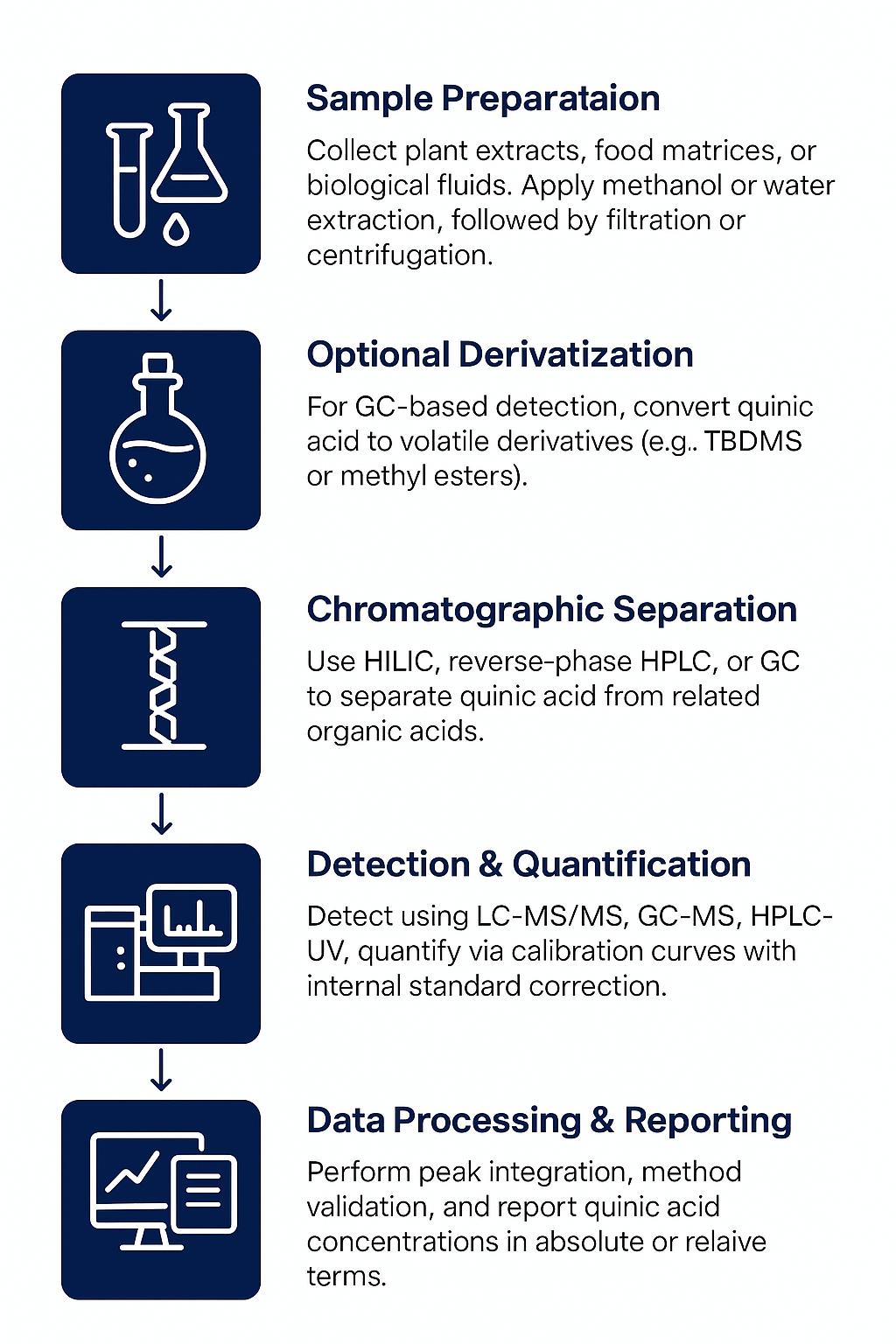
Technology Platform for Quinic Acid Analysis Service
Agilent 6495C Triple Quadrupole LC/MS: Ultra-sensitive quantification of quinic acid and metabolites at sub-ng/mL levels, ideal for complex matrices.
Agilent 7890B GC + 5977A MSD: Detection of quinic acid derivatives (e.g., TMS) after chemical derivatization, suitable for volatile organic acids in plant/food samples.
Agilent 1260 Infinity II HPLC: Efficient separation and qualitative detection of quinic acid, ideal for high-concentration samples and quick screening.
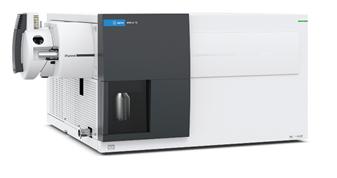
Agilent 6495C Triple Quadrupole (Figure from Agilent)
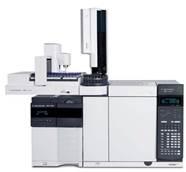
Agilent 7890B-5977A (Figure from Agilent)
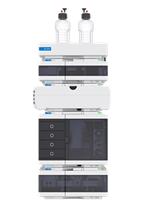
Agilent 1260 Infinity II HPLC (Fig from Agilent)
Sample Requirements for Quinic Acid Analysis Service
| Sample Type | Minimum Sample Volume | Preparation Requirements |
|---|---|---|
| Plant Tissue | 50 mg | Freeze-dried, ground to a fine powder. |
| Liquid Samples (e.g., Juice, Extracts) | 500 µL | Homogenized or filtered to remove particulates. |
| Food Samples | 200 mg | Homogenized and extracted with suitable solvent (e.g., methanol). |
| Soil Samples | 1 g | Air-dried, sieved, and ground. |
| Fermentation Broths | 1 mL | Filtered or centrifuged to remove solids. |
| Beverage Samples (e.g., Coffee, Wine) | 500 µL | Centrifuged or filtered to remove particulates. |
FAQ of Quinic Acid Analysis Service
Can you analyze quinic acid in complex mixtures?
Yes, we can analyze quinic acid in a wide range of complex samples, including plant extracts, food products, and fermentation broths. Our methods are optimized for diverse matrices to ensure accurate results.
Do you provide quantitative or qualitative results?
We offer both quantitative and qualitative results. Quantitative analysis provides precise concentration data, while qualitative analysis identifies the presence and profile of quinic acid and related metabolites.
Can quinic acid be analyzed in low-concentration samples?
Yes, our high-sensitivity instruments, such as the Agilent 6495C Triple Quadrupole LC/MS, allow for the detection of quinic acid even at sub-ng/mL levels, ensuring accurate results in low-concentration samples.
What is the sample preparation process?
The sample preparation process depends on the sample type. Plant tissues and food samples generally require extraction, while liquids like juices and extracts may need filtration. We will guide you on the best preparation methods based on your sample.
Can I submit a mix of different sample types for analysis?
Yes, you can submit a combination of sample types for analysis. We offer customized workflows to handle multiple matrices simultaneously, ensuring consistent and reliable results.
Do you offer bulk or high-throughput analysis?
Yes, we can process large batches of samples with a high-throughput capacity of up to 200+ samples per day. This is ideal for large-scale studies or time-sensitive projects.
What happens if my sample fails QC?
If your sample fails quality control (QC), we will notify you immediately and suggest a resolution, such as re-extraction or re-preparation, to ensure the accuracy and reliability of your results.
Are the results available for review during the analysis process?
While we ensure all results are thoroughly reviewed before delivery, interim updates or preliminary data can be provided upon request for ongoing projects.
Can you analyze quinic acid in environmental samples like soil or water?
Yes, we can analyze quinic acid in environmental samples, including soil and water. Our methods are suitable for a wide range of environmental matrices, providing valuable data on ecological health.
Learn about other Q&A.
Quinic Acid Analysis Service Case Study
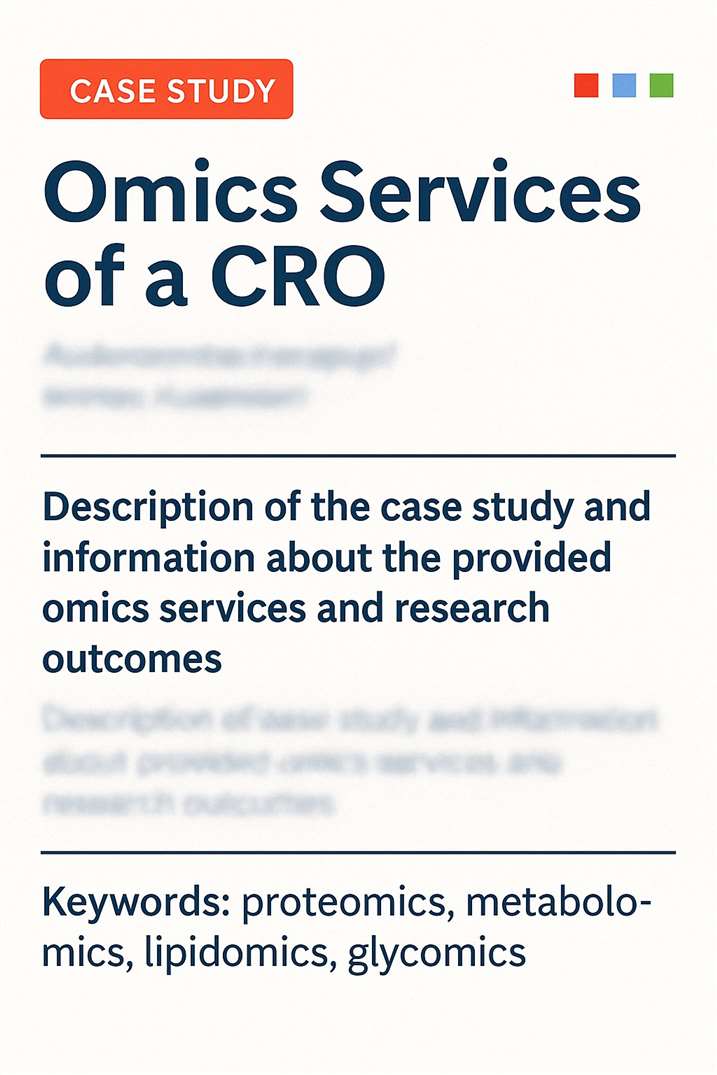
Title: Acyl Quinic Acid Derivatives Screened Out from Carissa spinarum by SOD-Affinity Ultrafiltration LC–MS and Their Antioxidative and Hepatoprotective Activities
Journal: Antioxidants
Published: 2021
- Background
- Methods
- Results
- Conclusion
- Reference
Carissa spinarum Linn., a plant used in traditional medicine and food across Africa, Asia, and Australia, is known for its medicinal benefits including anti-inflammatory and antioxidant effects. However, the specific chemical compounds responsible for its antioxidant and liver-protective (hepatoprotective) properties have remained unclear. This study applied a novel method—SOD-affinity ultrafiltration LC–MS—to rapidly identify and isolate active antioxidant compounds (specifically quinic acid derivatives) from the ethyl acetate extract of C. spinarum roots. A total of 17 derivatives were screened, 12 were isolated (including 3 new compounds), and several demonstrated antioxidant activity equal to or greater than vitamin C. These active compounds also showed significant protective effects on liver cells exposed to oxidative stress. This is the first report to use SOD-guided UF–LC/MS for compound screening in Carissa species and reveals previously unidentified active molecules with potential therapeutic relevance.
Apparatus and Reagents:
TLC, MPLC, column chromatography (silica gel, Sephadex LH-20, ODS), preparative and semi-preparative RP-HPLC, and analytical HPLC were used for compound separation. Structure elucidation employed HR-ESI–MS (Q-TOF), 1D/2D NMR (Bruker 600 MHz), UV, and optical rotation measurements. Antioxidant and cytoprotective assays were conducted on a Tecan microplate reader.
Plant Material and Extraction:
C. spinarum root bark was collected from Mount Kenya, authenticated, and extracted with methanol via ultrasonic extraction. The crude extract was partitioned with petroleum ether, CH₂Cl₂, EtOAc, and n-BuOH.
Ultrafiltration Screening:
EtOAc fraction was incubated with active/inactive SOD and filtered using 30 KD membranes. Bound ligands were eluted with MeOH, freeze-dried, and analyzed by HPLC–UV and HPLC–ESI–MS/MS. Binding was evaluated via enrichment factor (EF).
Compound Isolation:
The EtOAc fraction was fractionated by MPLC and further purified by preparative and semi-preparative RP-HPLC to isolate compounds 1–12, confirmed by spectroscopic data.
Antioxidant Assays:
DPPH and FRAP assays assessed radical scavenging and ferric reducing capacity, respectively, using vitamin C as control. IC₅₀ values and antioxidant capacities were determined spectrophotometrically and statistically analyzed.
Hepatoprotective Assay:
L02 cells were pretreated with compounds, exposed to H₂O₂, and assessed for viability using SRB. ROS levels were quantified by DCFH-DA staining and fluorescence imaging.
Biochemical Assays:
MDA levels and SOD activity in treated cells were measured using commercial kits.
Statistical Analysis:
Data were presented as mean ± SD. Statistical significance was evaluated using one-way ANOVA with Newman–Keuls post hoc test via GraphPad Prism 5.
Using UF–LC/MS, 17 quinic acid derivatives were identified from C. spinarum with varying affinities to SOD. Compound 10 (peak 17) showed the highest binding affinity (EF = 3.53%), while compound 1 had the lowest (EF = -0.24%). Twelve acylquinic acids were isolated, including three new compounds: 3-O-vanilloylquinic acid (1), 3-O-syringoylquinic acid (2), and 3,4-di-O-syringoylquinic acid (3). Structural elucidation was performed using HR-ESI–MS, 1D/2D NMR, and comparison with reference compounds.
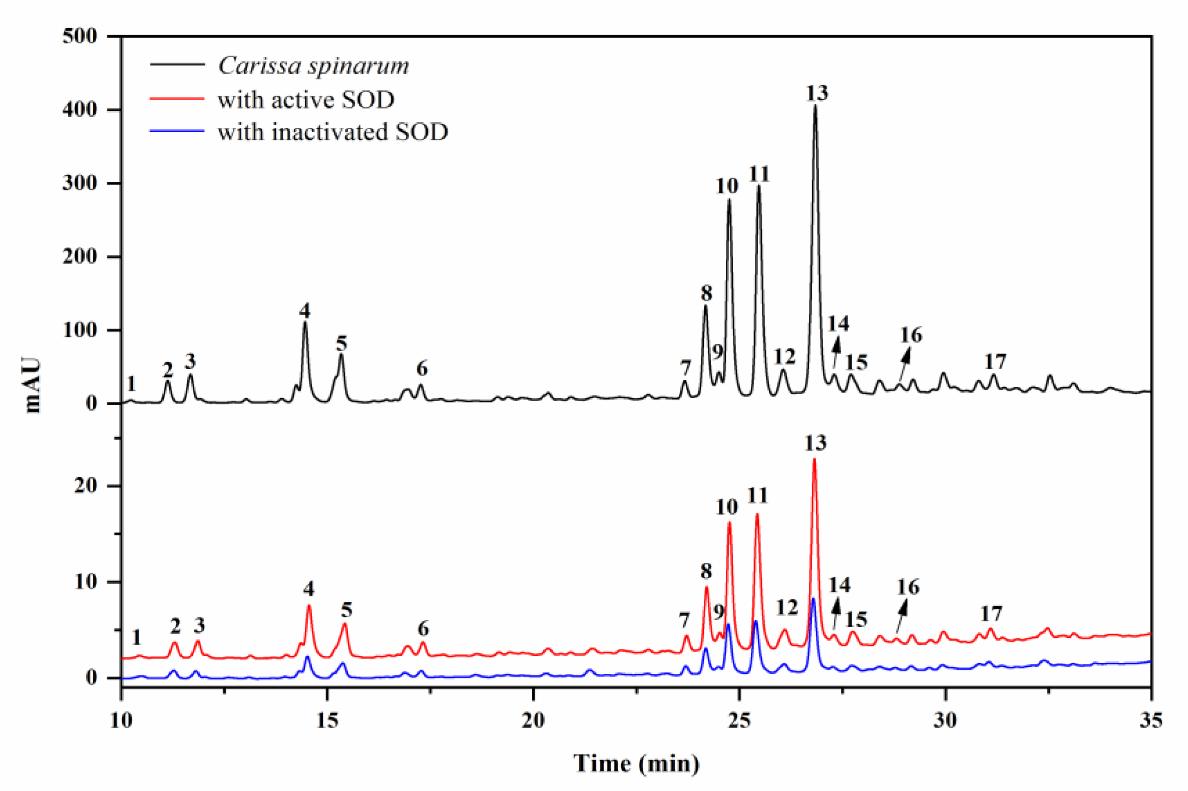 HPLC chromatograms of the Carissa spinarum ethyl acetate (EA) fraction without ultrafiltration (black line, top), ultrafiltration with activated superoxide dismutase (SOD) (red line, middle), and ultrafiltration with inactivated SOD (blue line, bottom).
HPLC chromatograms of the Carissa spinarum ethyl acetate (EA) fraction without ultrafiltration (black line, top), ultrafiltration with activated superoxide dismutase (SOD) (red line, middle), and ultrafiltration with inactivated SOD (blue line, bottom).
Quinic acid derivatives from C. spinarum exhibit significant SOD-binding potential, indicating their possible contribution to antioxidant activity. Three newly discovered acylquinic acids expand the chemical diversity of this genus and may serve as promising antioxidant leads.
Reference
- Liu, Ye, et al. "Acyl quinic acid derivatives screened out from Carissa spinarum by SOD-affinity ultrafiltration LC–MS and their antioxidative and hepatoprotective activities." Antioxidants 10.8 (2021): 1302. https://doi.org/10.3390/antiox10081302
Publications
Here are some publications in Metabolomics research from our clients:

- Function and regulation of a steroidogenic CYP450 enzyme in the mitochondrion of Toxoplasma gondii. 2023. https://doi.org/10.1371/journal.ppat.1011566
- Nutritional analysis of commercially available, complete plant-and meat-based dry dog foods in the UK. 2024. https://doi.org/10.1101/2024.09.11.612409
- Identification of a novel function of hepatic long-chain acyl-CoA synthetase-1 (ACSL1) in bile acid synthesis and its regulation by bile acid-activated farnesoid X receptor. 2019. https://doi.org/10.1016/j.bbalip.2018.12.012
- Physiological, transcriptomic and metabolomic insights of three extremophyte woody species living in the multi-stress environment of the Atacama Desert. 2024. https://doi.org/10.1007/s00425-024-04484-1
- UDP-Glucose/P2Y14 Receptor Signaling Exacerbates Neuronal Apoptosis After Subarachnoid Hemorrhage in Rats. 2024. https://doi.org/10.1161/STROKEAHA.123.044422
